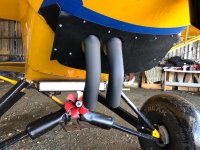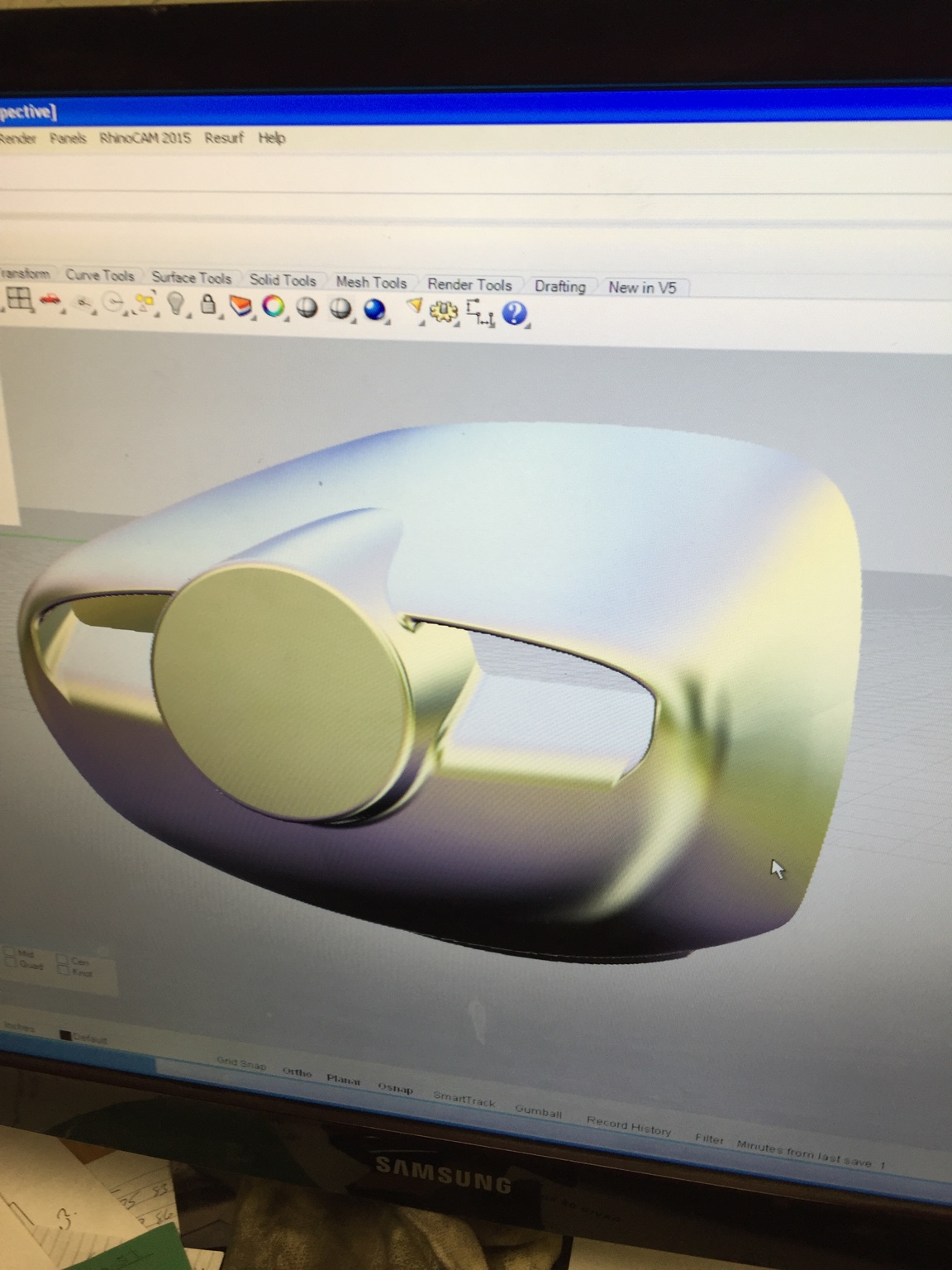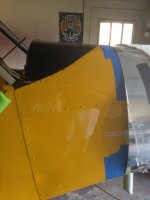A manifold pressure gauge and CHT gauge would be excellent tools to help work through this. We discussed the lack of these tools a lot, although perhaps in the previous thread (c90 catto prop).
While load on the engine is a concern, as Oliver mentioned, climb props run cooler as they are putting less load on the engine. Essentially you have shifted down the gearing so the engine doesn't work as hard in cruise. An easy load test is look at WOT rpm in trimmed level flight. If you turn a higher rpm with one prop vs another, the higher rpm prop is putting less load on the engine than the one turning lower rpm. This is the case in my situation. More WOT rpm, less load on engine.
The Sensenich is a 76, replacing a McCauley 71. All together a different prop, both in blade shape, chord, and diameter. Therefore we don't have any idea of what type of airflow/turbulence/etc has changed around the cowl, both inside and outside. Oil temp permitted or acceptable "ranges" aside, the one hard data point we have is a change in oil temp with the prop change. All other data stays constant - day/temp/flight parameters.
Cowl door flares (a'la radial flaps), louvered vents, and a redesigned lower cowl panel all have potential to create the suction desired to increase cooling airflow. The challenge is to first find a solution that works, decide if it's an acceptable design change, and then incorporate the best version of it. As always simple and unobtrusive solutions are often better than large physical changes. As Cubcrafters seems to be the ones that have ramped up with a hot engine to better cowl design history, I often look at the changes they have made. Increased door sizes, cowl flaps, louvered gill vents, ramp inlets, secondary plenums and lower cowl design changes, not in any particular order.
I think I've posted this before, but some of the things I plan to test, alone or in conjunction with others, in no particular order -
~ inlet ramps
~ adding rounded firewall edges to smooth airflow
~ temporary VG's on cowl doors and lower cowl to see if it mixes with exit air and helps increase exit velocity
~ temporary cowl door flares/flaps to create greater low pressure area
~ larger lower cowl panel, creating greater and longer aft opening
~ larger or redesigned chin spoiler
In addition to keeping the manometer installed during testing, I have a chinese CHT monitor and canadian thermocouples coming to get more data. But, the slow boat from overseas and up north means end of March perhaps before they arrive.
So, we work towards a solution, if not a better understanding of the change. While we may never truly understand the complex differences without a wind tunnel and a few aerodynamicist's, a solution that works we will find. You can count on that. I was just hoping someone knew Roy Lopresti personally and would give him a call. ha!
pb
Tom : My cowl doors are 2" at the wide point, so they are wider than I thought originally.


























